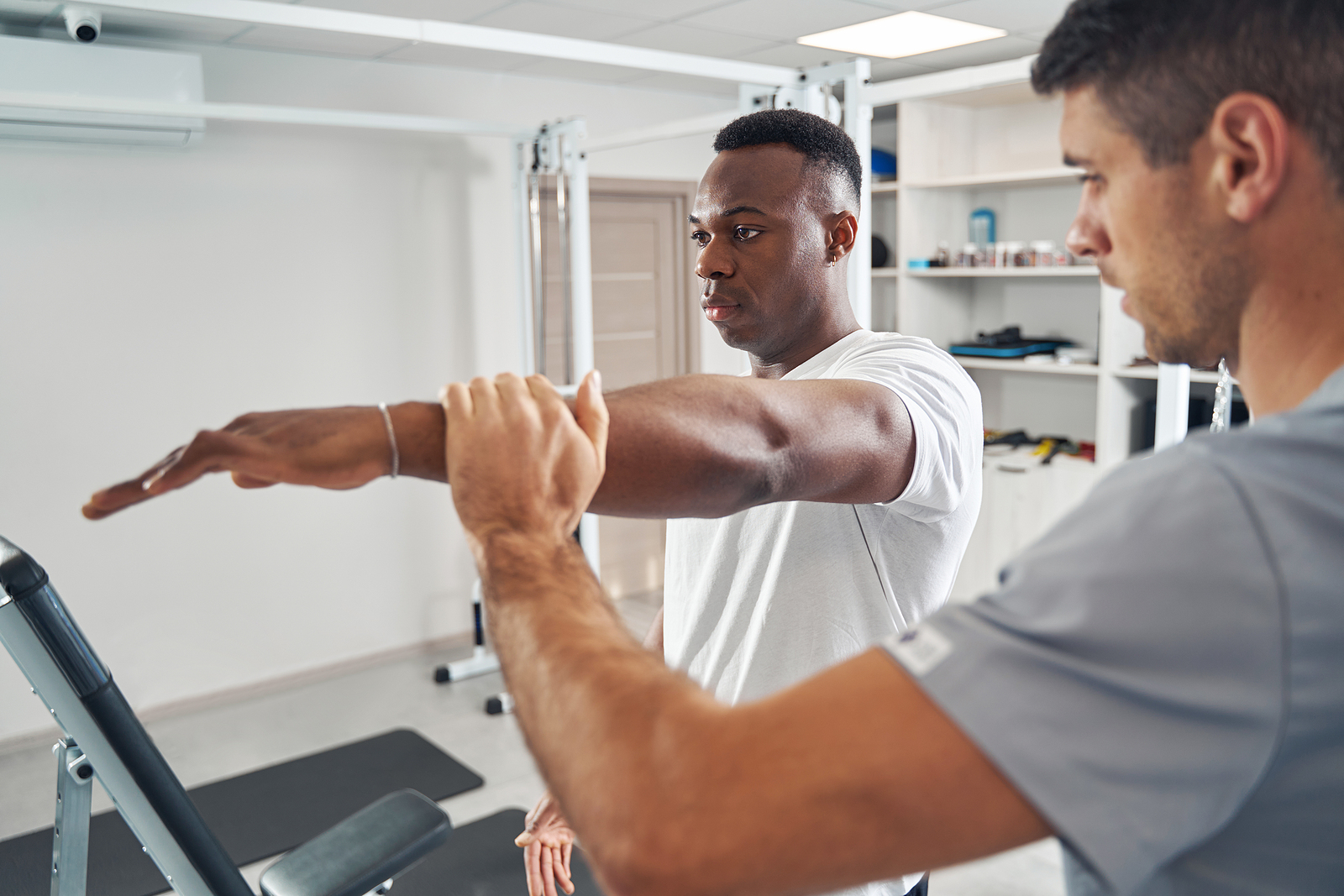 Navigating the High Demand: The Clinical Massage Therapy Job Market in Seattle, Washington
Navigating the High Demand: The Clinical Massage Therapy Job Market in Seattle, Washington
In recent years, the city of Seattle, Washington, has witnessed a burgeoning demand for clinical massage therapists, a trend reflective of a broader shift towards holistic health practices and personalized wellness services across the United States. This surge in demand, however, has led to a noticeable imbalance within the job market, where the number of available positions significantly outstrips the supply of qualified therapists. This situation presents both challenges and opportunities for professionals in the field, aspiring massage therapists, and the healthcare ecosystem in Seattle at large.
The Growing Demand for Clinical Massage Therapists
The rise in demand for clinical massage therapists in Seattle can be attributed to several key factors. Firstly, the city’s robust health-conscious population increasingly seeks alternative and complementary therapies to conventional medical treatments. Massage therapy, known for its efficacy in reducing stress, pain, and muscle tension, has become a preferred option for many. Additionally, Seattle’s thriving tech industry, with its high-stress work environments, has further fueled the need for therapeutic services that can alleviate the physical and mental strains associated with long hours of sedentary work.
Furthermore, the integration of massage therapy into mainstream healthcare for pain management and rehabilitation has led to an increase in referrals from medical professionals. This integration signifies a shift in how massage therapy is perceived, moving from a luxury service to an essential component of holistic health care.
Challenges Facing the Market
The primary challenge facing the Seattle job market for clinical massage therapists is the shortage of qualified professionals. Despite the high demand, there are not enough therapists to fill the available positions. This shortage can be attributed to several factors, including the rigorous training and certification process required to become a licensed clinical massage therapist in Washington State. The process ensures that practitioners are well-equipped with the necessary skills and knowledge to provide safe and effective therapy but also limits the speed at which new therapists can enter the field.
Moreover, the COVID-19 pandemic has introduced additional complications, with many training programs moving online or facing interruptions, thus slowing the pipeline of new therapists entering the profession. The pandemic has also heightened awareness of health and safety, making some potential therapists hesitant to enter a field that requires close physical contact.
Opportunities for Aspiring Therapists
For those interested in pursuing a career as a clinical massage therapist in Seattle, the current market conditions offer several opportunities. The high demand for services means that qualified therapists can expect competitive salaries, flexible work schedules, and the possibility of rapid career advancement. Additionally, the diverse range of employment settings—from hospitals and physical therapy clinics to wellness centers and private practices—provides a variety of career paths to explore.
To capitalize on these opportunities, aspiring therapists should focus on obtaining high-quality education and training from accredited institutions. Specializing in areas such as sports massage, deep tissue therapy, or rehabilitation can also set candidates apart in a competitive job market. Networking with healthcare professionals and participating in local wellness communities can further enhance job prospects.
The Impact on Healthcare and Wellness in Seattle
The shortage of clinical massage therapists in Seattle has broader implications for the city’s healthcare and wellness landscape. Without sufficient professionals to meet demand, patients and clients may face longer wait times for services, potentially hindering their recovery and wellness journeys. It underscores the need for concerted efforts to attract more individuals to the profession, including enhancing education and training opportunities, offering incentives for certification, and raising awareness of the career’s benefits and potential.
Conclusion
The job market for clinical massage therapists in Seattle presents a complex but promising landscape. While the current shortage poses challenges, it also highlights the essential role of massage therapy in contemporary healthcare and wellness. By addressing the barriers to entry and enhancing the attractiveness of the profession, Seattle can ensure that it meets the growing demand for these vital services, thereby supporting the health and well-being of its residents. For aspiring therapists, there has never been a better time to join a field where their skills are in high demand, and their work can make a profound difference in people’s lives.



 As a complementary and
As a complementary and 
